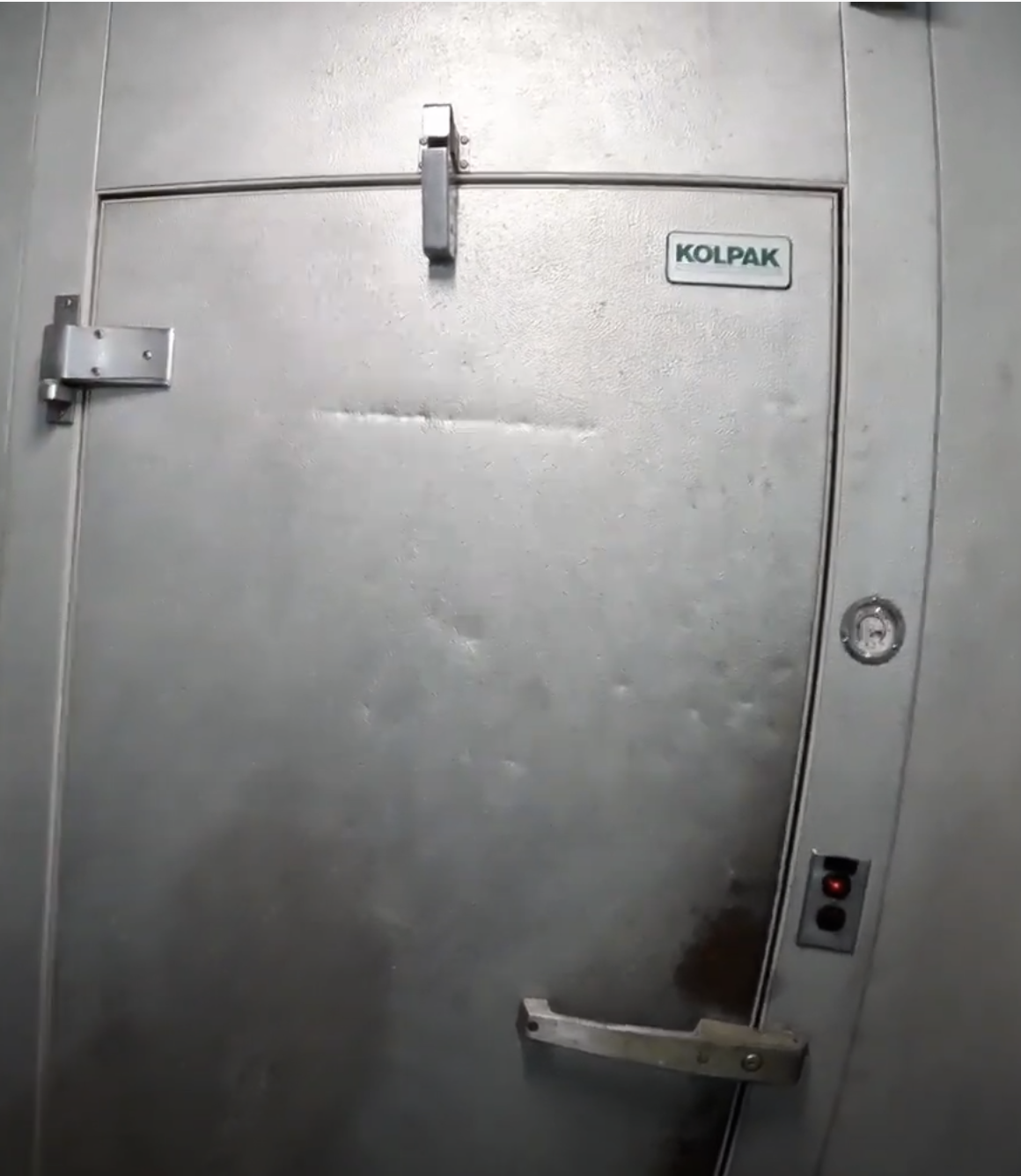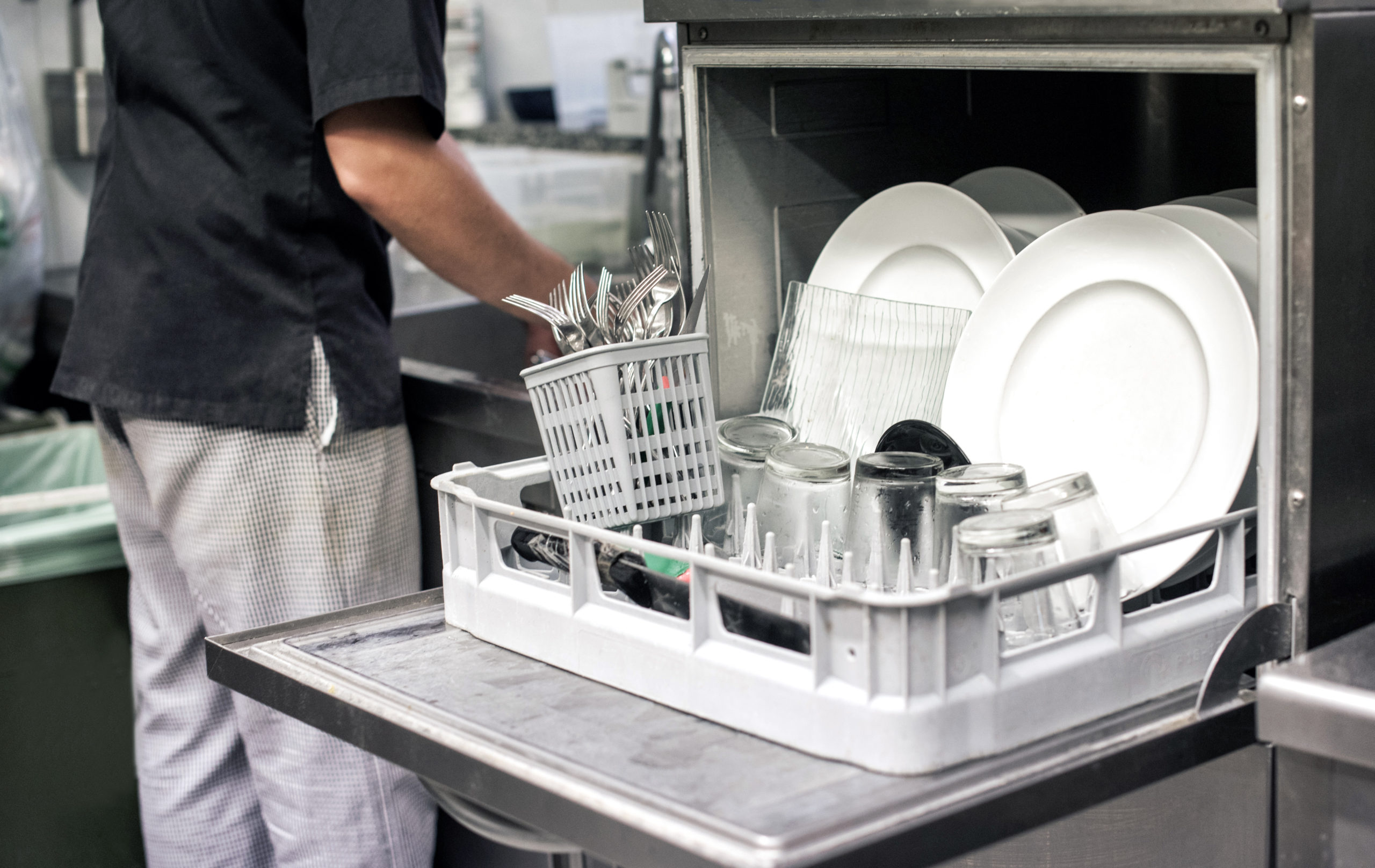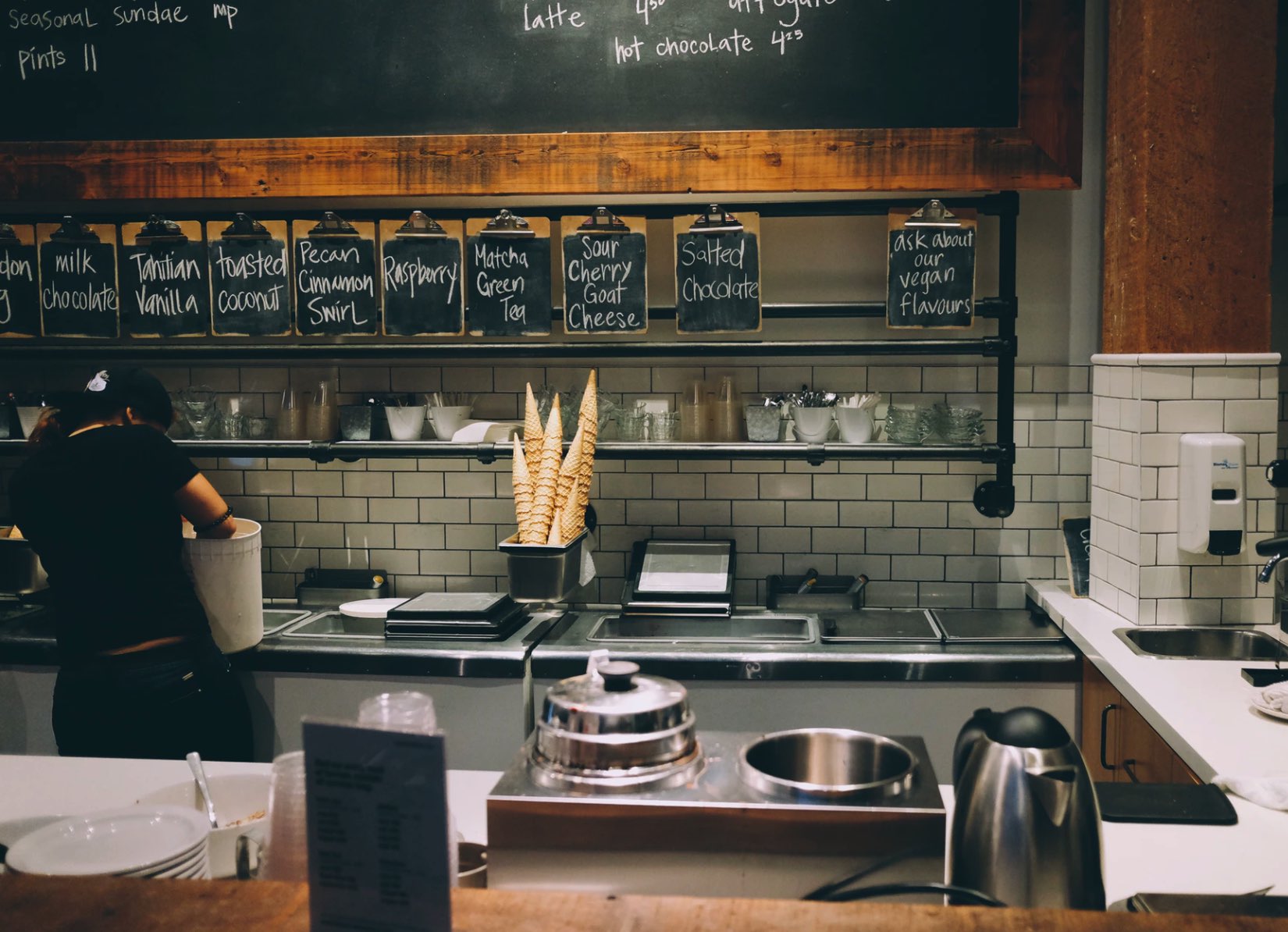
If you’re a cook in your own home or even in a fine restaurant you know how important it is to have the right heating for your oven. Without the right temperature in an oven, the food you make turn out right. So how do ovens work and what helps them stay at the right level of heat?
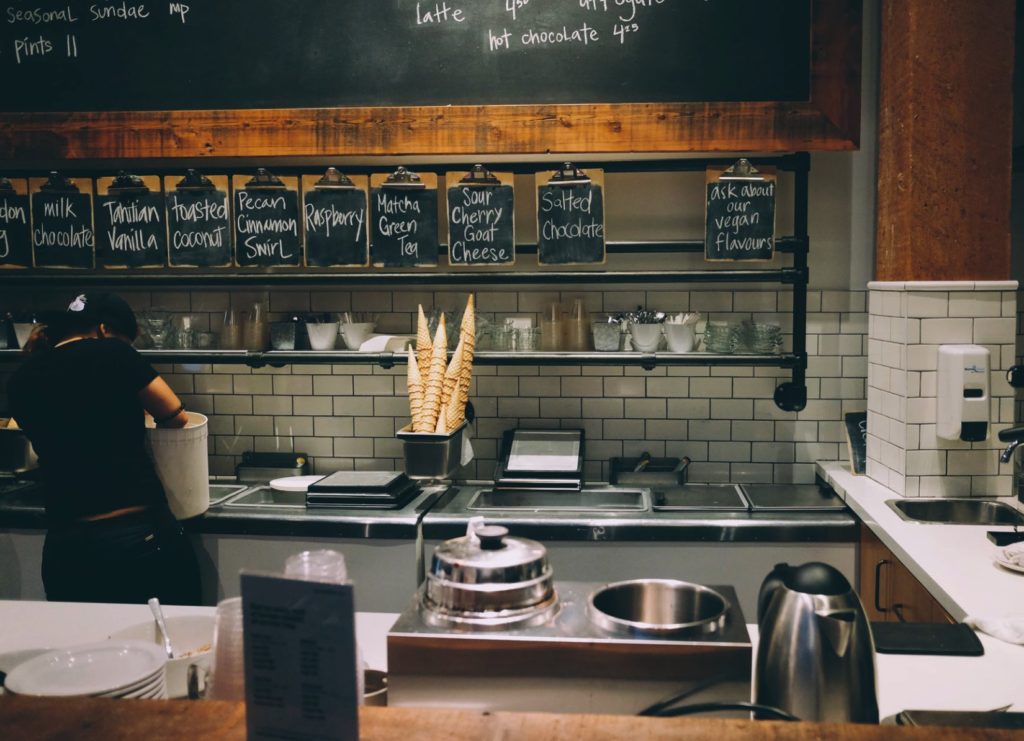
The difference between commercial and residential ovens
When you hear someone talking about commercial or residential appliances it can get really confusing. What is the difference? Residential appliances are any appliances that are built for a home environment. While on the other hand Commercial appliances are ones built for a business environment, these are appliances that can usually go through more stress and performance. If you are looking into buying an oven for your restaurant, considering a residential oven is probably not a good idea. Residential ovens are not able to go through half of the pain that a commercial oven is built for. They are made to be used 1 to 2 times a day, while commercial ovens are built to handle the whole day’s worth of work.
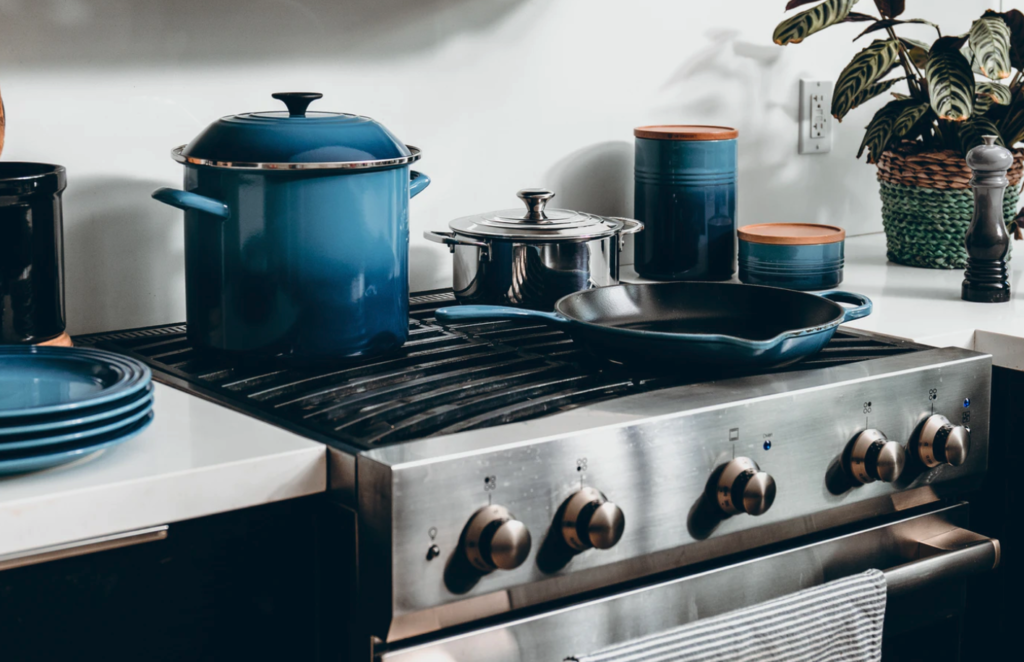
How do ovens work?
All ovens use heat transfer to warm up food but not all ovens use it the same way. There are so many different types of ovens it’s hard to count all of them. But I’ve gathered up some of the most common ovens and even some interesting ones to give you an idea of what types of heat transfer each type uses.
Commercial Ovens
Most commercial ovens have their coils located on the back of the oven, making energy from the coils create heat. The heat then gets transferred by a fan located in front of the coils, constantly pushing heat towards the food, helping it cook better and faster. But not all commercial ovens are the same. Here’s a list of a few commercial ovens at what type of heat transfer they use.
Conveyor Oven
The conveyor oven is a trendy oven used to cook food, using a conveyor belt it moves food through a heated chamber at a consistent speed. The conveyor oven is the right choice for commercial restaurants or businesses with a large variety of food because the speed and temperature can adjust as pleases the chef and is continually running. The Conveyor Oven transfers its heat by blowing hot smoldering air through a duct where the food is located, consistently cooking food faster and easier.
Standard Oven
A standard oven is a commercial appliance that is very common in the restaurant industry because it is used to cook almost any type of recipe. It is the easiest of all other ovens to repair and is often the least expensive. It does, however, have inconsistencies in the heat, causing food to be cooked slower and sometimes unevenly. Just like residential ovens in a home, standard ovens transfer their heat from coils at the bottom pushing hot air up through to the body.
Convection Oven
The convection oven is a top pick for many restaurant owners because it has a lot of similarities to the standard oven, except that the heat ventilation is superior for commercial purposes. Convection ovens use fans to create air circulation which moves air rapidly around the oven, helping food cook smoothly and accurately.
Deck Oven
Deck ovens can usually be found in a pastry kitchen and are primarily used for cooking bread or pizza. The bottom of the oven is lined with a very heavy stone shelf like a deck. Because most deck ovens use the actual stone for cooking, it will take a while to preheat, and could even need to be reheated between batches if cooking directly on the surface.
Rotisserie Oven
A rotisserie oven uses a long metal rod to hold various types of meat and continuously spins them around over a fire or heated oven. This helps heat keep juices and flavors within the meat. It also helps meat not to dry out.
Commercial Oven Repair
Touchstone Commercial Services is available for your commercial oven repair and servicing needs. Check out this fun video of one of our commercial repair calls.
Residential Ovens
Most residential ovens, like the ones in homes, have energy transferred through the bottom of the oven into coils that produce energy-efficient enough to heat the oven. The energy then pushes the heat up from the bottom of the oven and forms around the food. But not all residential ovens are the same. Here is a list of a few of them and what type of heat they use.
Gas Oven
A gas oven uses burning gas to create heat. They tend to be more expensive but save you more money down the line. Gas ovens use natural gas which is ignited by either a spark generator or a small pilot flame. The gas flows around the main parts of your oven and once you press the ignition, it will start the spark generator in your oven and will ignite the gas and which will then light the burner.
Electric Ovens
Electric Ovens are the most popular ovens on the market. They are easy to clean, they’re cheap and they’re easy to run. However, they’re also more expensive to run. Electric ovens use two separate elements that charge up the heating component, sending heat throughout the oven using a fan.
Convection Oven
The fan in the convection oven blows hot air and circulates heat around your food during the cooking process. Resulting in faster cooking food and evenly cooked meals.
Thank you for reading this article, “Residential vs. Commercial Ovens”. We also have another article called “When Should I Upgrade My Kitchen Equipment?” that may help. I
f you need help fixing your restaurant’s oven or any other type of commercial appliance or HVAC, Touchstone Commercial Services, can help. You can call us at 1 801-497-8879 or contact us online.

